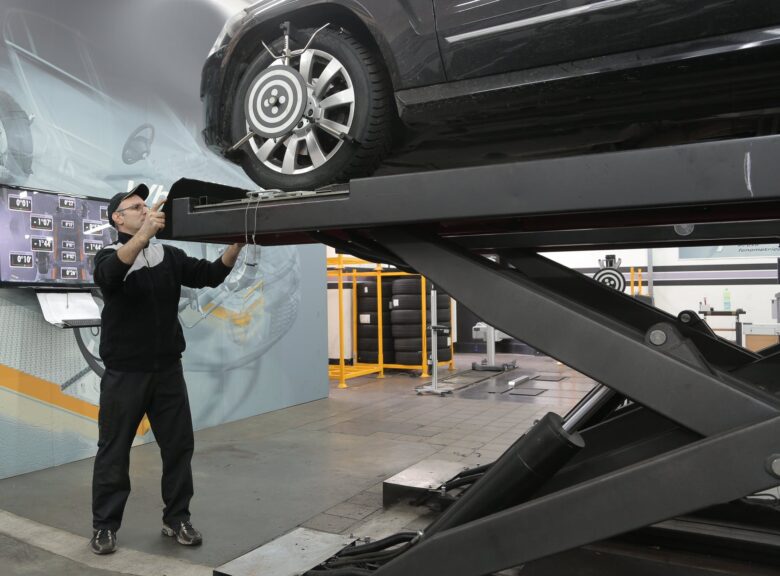The efficiency and quality of services heavily depend on the type of workshop equipment used in the automotive repair industry. How do operators know what to search for in this setting? Here is a chance to learn how automotive professionals compare automotive workshop utilities, allowing them to make informed decisions that boost workshop productivity and service quality.
Establishing the Basics of Automotive Workshop Equipment
Before delving into comparisons, it’s important to understand the different types of equipment used in an automotive workshop. This includes a range of tools and machinery such as lifts, tyre changers, balancers, diagnostic scanners, and a variety of hand tools. Each piece of equipment serves a specific purpose and plays a vital role in the smooth operation of an automotive business.
The Importance of Quality and Reliability
When it comes to automotive workshop tools, quality and reliability cannot be overstated. High-quality equipment reduces the likelihood of breakdowns, ensures safety, and delivers accurate results. Investing in reputable brands and trusted automotive workshop equipment can save costs in the long run due to fewer repairs and replacements.
Assessing Your Workshop’s Needs
Every workshop has unique needs based on the types of services offered, the volume of work, and the space available. It’s crucial to assess these needs before making any purchasing decisions. Such an assessment helps in prioritising which equipment is essential and what can be added later as your business grows.
Comparing Features and Technology
Advancements in technology have significantly improved automotive workshop equipment. When comparing assets, look for features that enhance efficiency, such as wireless connectivity in diagnostic tools or energy efficiency in larger machinery. The right technology can dramatically streamline your workflow.
Evaluating Cost vs. Benefit
While cost is a significant factor, it should not be the sole deciding factor. Evaluate the cost against the benefits and return on investment. Sometimes, spending a bit more on higher-quality equipment can lead to greater savings and profitability in the long run through improved efficiency and customer satisfaction.
Safety and Ergonomics
Safety should always be a top priority. Choose equipment that adheres to safety standards to protect both your staff and customers. Ergonomics is also essential – equipment that is easy to use and reduces strain can improve the overall work environment and productivity.
Maintenance and Support
Consider the maintenance requirements and the availability of support and spare parts. Equipment that is easy to maintain and comes with good customer support from the manufacturer or supplier can minimise downtime in your workshop. Take the time to research reviews and seek out referrals from trusted contacts for genuine peace of mind.
Staying Informed on the Latest Trends
The automotive industry is continuously evolving, and so is the equipment used in workshops. Staying informed about the latest trends and innovations is crucial. Regularly consuming a leading automotive industry source can keep you updated on new developments and help you make future-proof decisions.
Conclusion
Selecting the right automotive workshop equipment is a critical decision that can significantly impact the success of your business. By carefully comparing options, assessing needs, and considering factors such as quality, technology, and safety, you can equip your workshop with tools that will serve you well for years to come. For any commercial enterprise, the right equipment is an investment in your workshop’s efficiency, safety, and reputation.



